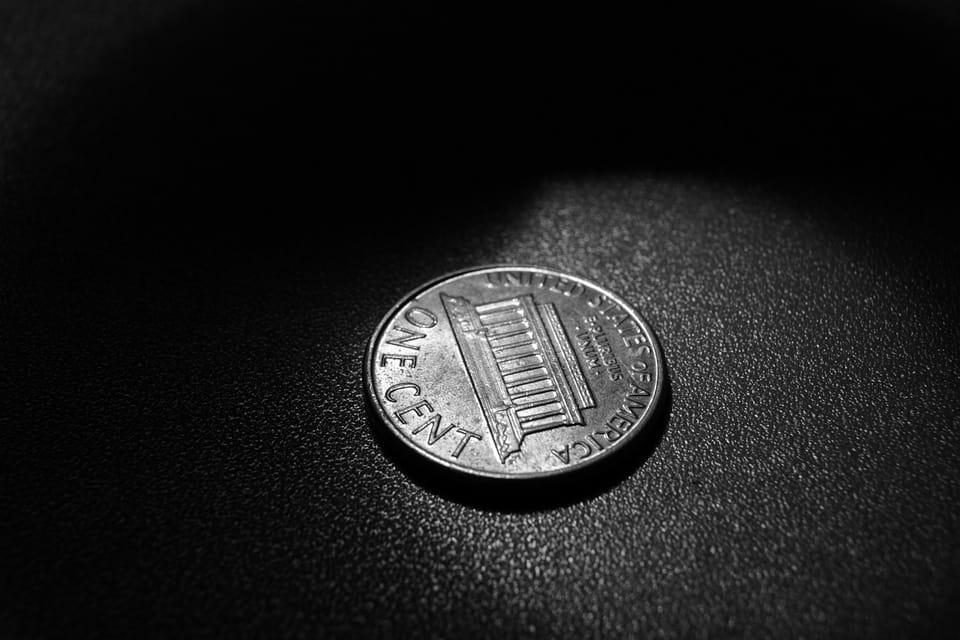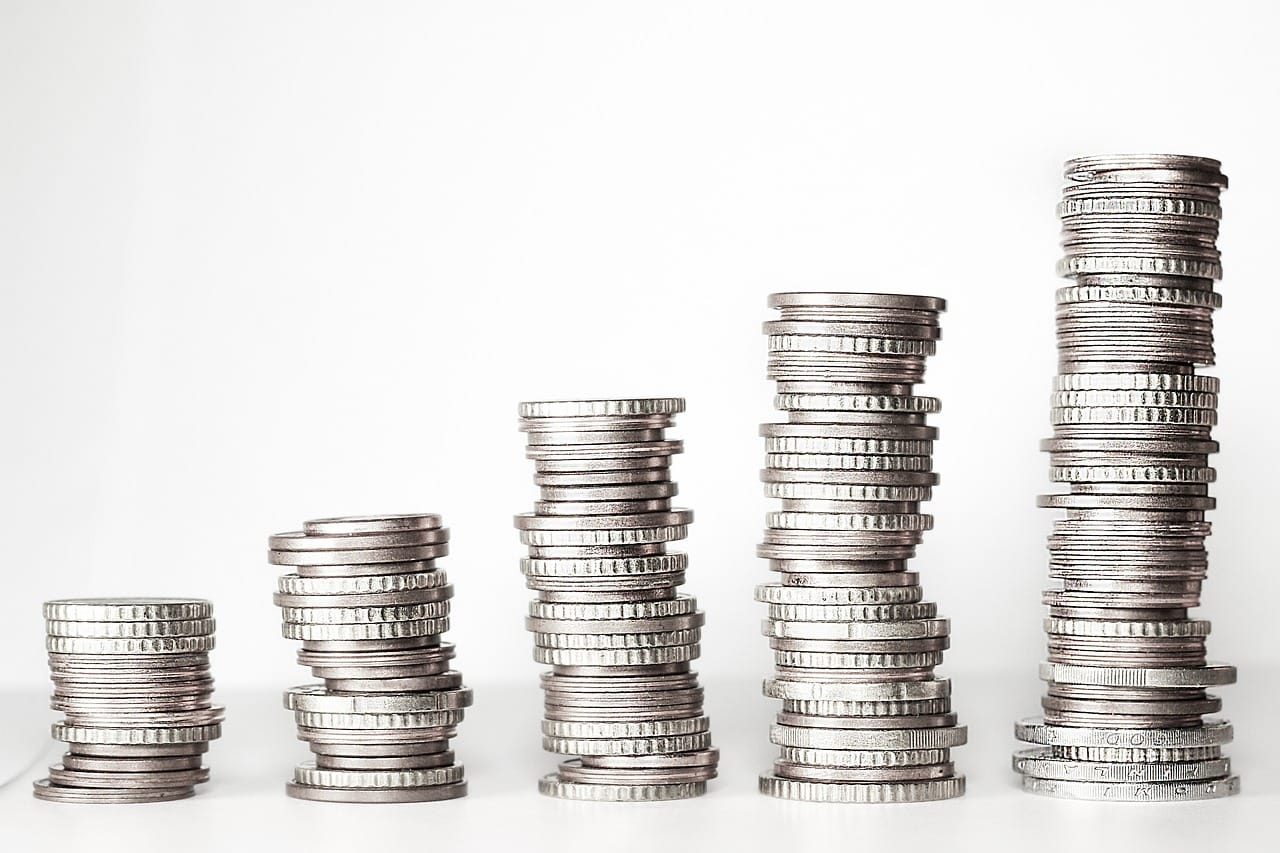How To ‘Compound’ Your Self-Improvement

What would you choose if you were given a choice between $3 million right now and a penny that doubles every day for 31 days?
It would be quite hard to refuse the instant 3 Million in your pocket, but there's no way a penny doubled for a month adds up to more than 3 Million, right? Let’s see.
On day 10, the penny is worth $5.12, on day 20, it’s now worth $5,243. So far, so good, there's only 11 days left and it’s still only as little as 5 thousand dollars.
On day 31, that penny is worth $10,737,418.24, which is 3 times more than the first choice.
This is called the compound effect, it’s a concept I first learned a few years ago from a book called ‘Rewire Your Mindset’ By Brian Keane, an amazing read that I recommend to anyone who wants to change their life.
Anyway, since then, I have been fascinated by it and observed the effect within my own life, but not with money, with myself.
Compounding Yourself
So, how does this relate to compounding our self-improvement? Well, compounding is originally a term that comes from the finance world, specifically how money can increase with investments.
To get a better understanding of the term, and to relate it more accurately to self-improvement, I asked ChatGPT to give me the definition, this is what it said:
“Compounding is a process where an investment's earnings generate additional earnings over time. It works by reinvesting profits (such as interest or dividends) to generate more returns. This "growth on growth" effect is especially powerful over the long term, allowing investments to grow at an accelerating rate.
In simpler terms, compounding is when the returns on your investment start earning returns themselves, creating a "snowball effect."
How Compounding Works:
Initial Investment: You start with an initial amount (called the principal).
Interest or Returns: The principal earns interest or returns over a period.
Reinvestment: These earnings are reinvested, so they start earning additional returns alongside the original investment.
Repetition Over Time: The longer this process continues, the larger the investment grows."

Okay, now imagine what someone looks like when they first begin their self-improvement journey, probably not the best, I mean there’s a reason they are deciding to improve themselves, they must be unhappy with the way they currently are, I know I was.
That’s the initial investment, that’s the ‘principal’.
As the principle, we invest by starting our journey, which looks like dieting, exercising, learning, risking, creating and just overall trying new things and gathering experience.
As a consequence of this, we become healthier, smarter, happier, better, and overall we simply grow. These are the returns.
Seems simple enough right? This, however, is where it gets fun.
Just like when we re-invest a larger amount of money it creates greater returns, re-investing better versions of ourselves creates greater versions.
As we improve, we become better versions, and as a consequence, we gain the ability and the means to receive greater returns from the investments we make.
Bringing It All Together
What this all means is at the beginning of our journey, improvement might be slow, much slower than we’d like, but as we get better, we gain the ability to improve at scale.
Think back to the penny that doubles every day, for the first twenty-something days the investment looked like a waste of time, but as the money grows, the returns become greater.
The same can be said for us, although the growth may seem slow initially, eventually, we’ll be growing at an unrecognisable rate, it just may take a matter of months/years instead of a matter of days.
The point is, that everything matters, every little improvement, although not much by itself, is the difference once they compound.
Every fact in a book, every piece of broccoli, every rep, every step, every day. It all matters.
The compound effect is always at work, it’s up to you to last long enough to experience the returns.
And remember, as chatGPT said, “The longer this process continues, the larger the investment grows.”

Member discussion